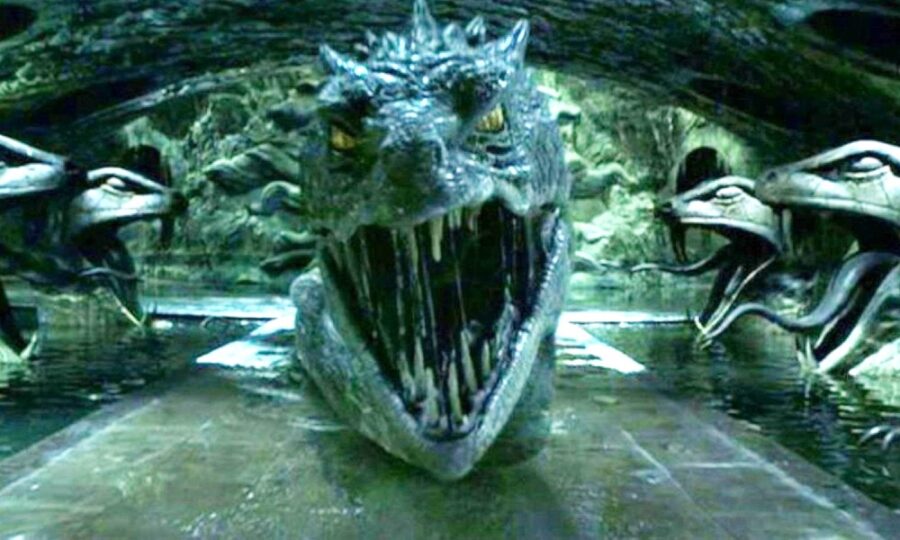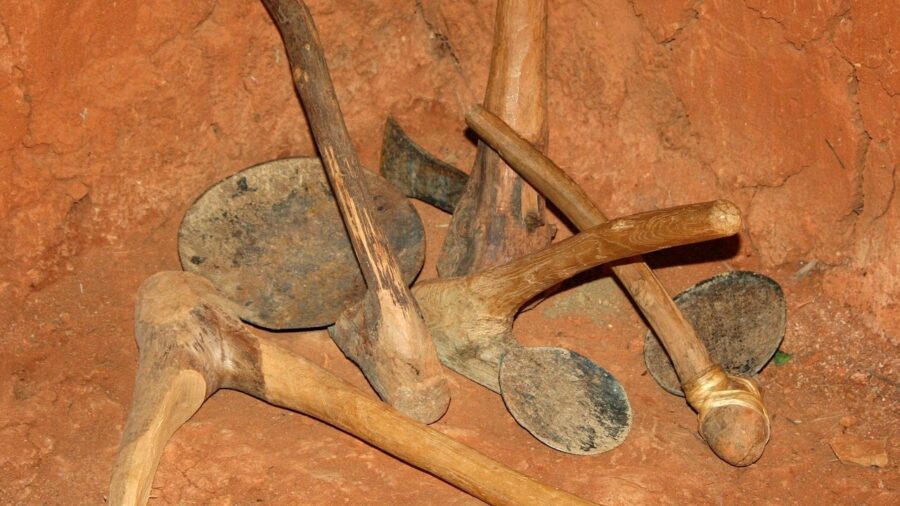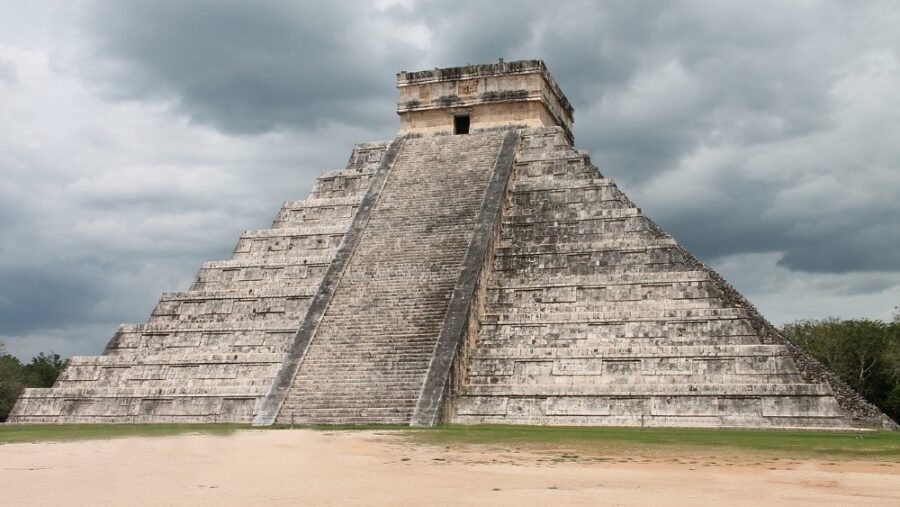One-Ton Snake Head Unearthed After Massive Earthquake

Nature is, among other things, unpredictable; for example, earthquakes and volcanic eruptions notoriously and problematically defy forecasting. And sometimes unanticipated natural events can turn up equally (if not even more) unanticipated archeological finds. For evidence, look no further than the recent 7.6-magnitude earthquake near Mexico’s west coast. As reported by ScienceAlert, the humongous quake inadvertently led to a similarly humongous (at least in terms of scholarly import) historic discovery: a colossal stone snake head dating back to the Aztec era.
The Giant Snake Head Weighs 1.2 Metric Tons

A gigantic stone reptile carving (which you can see above) unveiled itself—as if emerging from the depths of history—harkening back to when the Aztec Empire ruled the area prior to the arrival of Spanish conquistadors. By no means miniature, the snake head measures a staggering 1.8 meters in length, is one meter in height, and is 85 centimeters in width. Equally unbelievable, the relic weighs nearly 1.2 metric tons or around 2,645 pounds.
This monumental (no pun intended) find lay tucked within an ancient Tenochtitlan site nearly 4.5 meters underneath the modern city. Thankfully, due in part to its delicate removal by crane, the artifact retains almost 80 percent of its original, colorful surface.
The Snake Head Emerged After An Earthquake

What lead to the discovery of this snake head? On 19 September 2022, the enormous impact of the earthquake sent seismic tremors rippling through Mexico City, around 400 kilometers (250 miles) away. The quake destructively destabilized numerous buildings, including a law school not far from the city center. And beneath this structure awaited an exciting surprise for archaeologists at Mexico’s National Institute of Anthropology and History (INAH)
Preserving The Ancient Statue

Presently, archeologists tirelessly labor to preserve the piece, receiving support in their efforts from the National Autonomous University of Mexico and the Templo Mayor Museum. The snake head is, remarkably and noticeably, a beautiful, multicolored artifact, showcasing overly-discernible, vibrant red, blue, black, white, and ocher hues.
Nonetheless, its coloring remains fragile, as each shade derives from highly perishable mineral and plant materials. Preserving said colors–and the relic’s brilliance–necessitates placing both in a carefully calibrated humidity chamber.
Expected to extend well into 2024, the meticulous process of preserving the relic aims to gradually—and without damaging the stone finish—release the accumulated moisture inside the snake head. A testament to the apex of the Tenochtitlan city-state in the latter days of the Aztec Empire, the artifact’s artistry is undeniable and striking.
Serpents In Aztec Mythology

Serpents figure prominently in Aztec artwork, attributable to the significance of serpentine deities, notably Quetzalcoatl, in Aztec mythology. While some might fancifully consider the unearthed relic the beginning of a horror movie, stone artifacts serve as invaluable chronicles of history due to their durability. Typically outlasting written records or painted illustrations, relics like the newly discovered snake head withstand the very difficult test of time.
Preserving Knowledge Of Ancient Civilizations

Artifacts such as this snake head offer peerless insights into ancient civilizations like that of the Aztecs, shedding light on the Native American culture’s way of life, beliefs, and even the factors contributing to their eventual decline (including the above-mentioned Spanish invasion and the diseases it brought with it).
While nature might lend the first helping hand in revealing this priceless find, it nonetheless remains up to humanity to ensure the continuation of its legacy.












